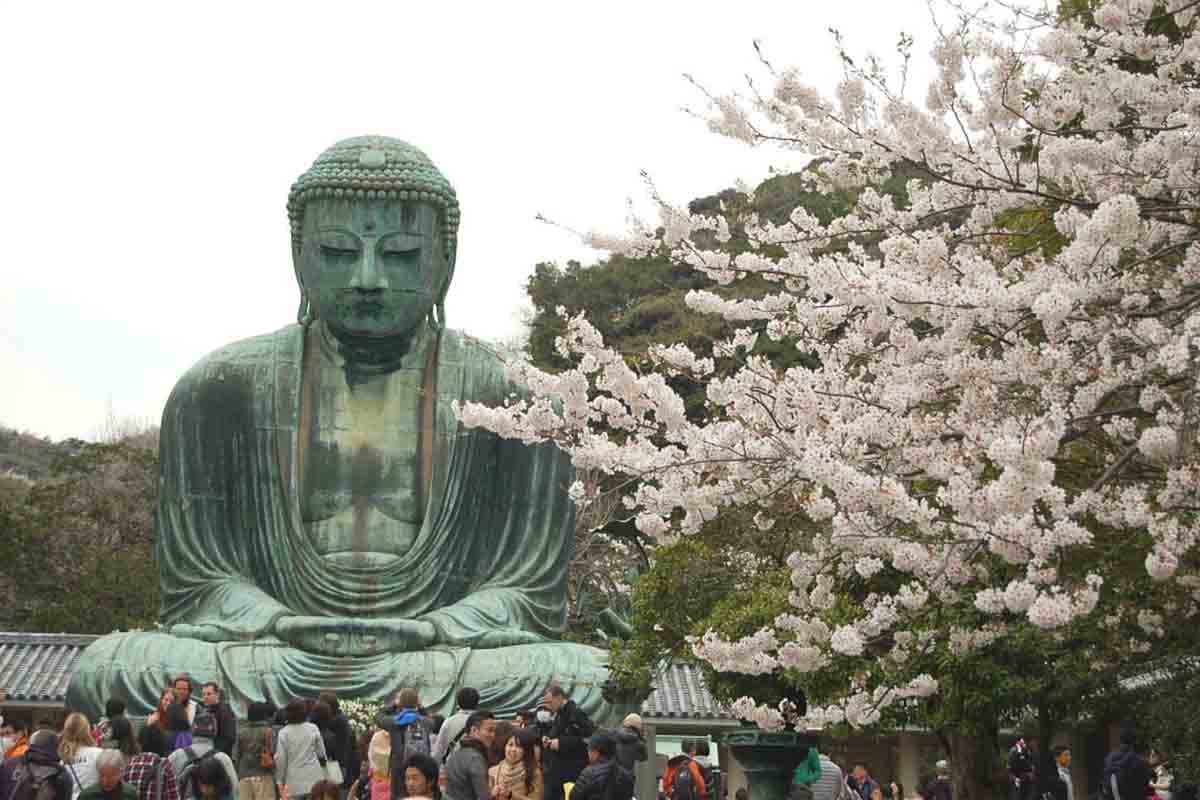The Osberg Ship is a ship from the Viking Age that was built in AD 280, buried in a grave mound 14 years later, and later uncovered at Osberg, Norway during 1904. The Viking ship was surprising well-preserved and contained the remains of two women along with a wide array of accompanying grave goods. It had been buried within a large mound or haugr.
Constructed primarily out of oak planks, the vessel measured 21.40 m long by 5.10 m wide. Its bow and stern were covered in elaborate carvings, while it contained 15 pairs of oar holes which meant up to 30 men could row the ship as required.
The Oseberg ship burial contained two human skeletons, both female. One of the skeletons belonged to a woman who was about 70 or 80 years old when she died. Investigations suggest that the woman probably died of cancer. It is unclear who this woman actually was, and some have speculated that she may have been Queen Åsa, the grandmother of the first Norwegian king.
The second skeleton belonged to a woman in her 50s, though it is not known how she died. In Ibn Fadlan’s account, dead chieftains were accompanied in their graves by some of their slaves. It seems that the slaves are not forced, however, as they were first asked by the family of the deceased whether any of them would accompany their master in the afterlife. Perhaps this offer was accepted by some slaves, as the alternate treatment when they died, as Ibn Fadlan reports, was to be left “as food for the dogs and the birds.” It is plausible that the two women were mistress and slave, though their relationship is still not entirely known. Perhaps future research will be able to solve this mystery.
- (Dhwty, 2015)
The Vikings are widely known with their excellency in wood carving. The discovery of the Osberg ship was said to be the greatest ship made by the Vikings that had ever been found.
Reference
Bischoff, V. (n.d.). New Oseberg ship, reconstruction of the hull form. Retrieved October 28, 2017, from https://www.vikingeskibsmuseet.dk/en/professions/boatyard/building-projects/the-oseberg-ship/
Colm. (2012, September 3). The Oseberg Viking ship burial. Retrieved October 28, 2017, from http://irisharchaeology.ie/2012/09/the-oseberg-viking-ship-burial/
Dhwty. (2015, April 15). The Oseberg Ship Burial Astounded Archaeologists with Excellent Preservation and Hoard of Artifacts. Retrieved October 28, 2017, from http://www.ancient-origins.net/history/oseberg-ship-burial-astounded-archaeologists-excellent-preservation-020298
Dhwty. (2015, April 15). The Oseberg Ship Burial Astounded Archaeologists with Excellent Preservation and Hoard of Artifacts. Retrieved October 28, 2017, from http://www.ancient-origins.net/history/oseberg-ship-burial-astounded-archaeologists-excellent-preservation-020298







